The top 10 power battery installation volumes have changed: CATL has defeated eight and three Chinese companies in the top five
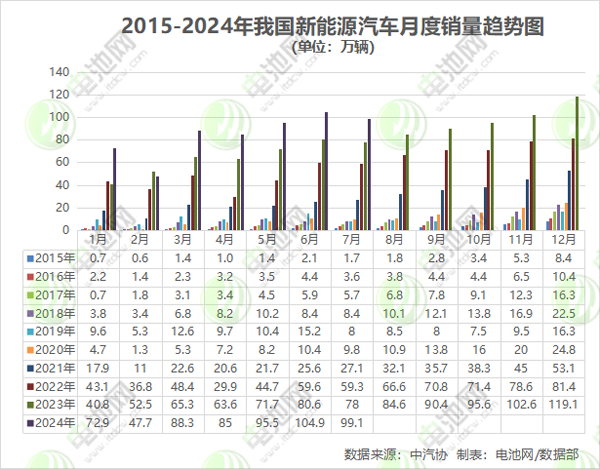
On August 7, data released by South Korean research firm SNE Research showed that the global electric vehicle (EV, PHEV, HEV) battery installation volume in the first half of 2024 was about 364.6GWh, a year-on-year increase of 22.3%.
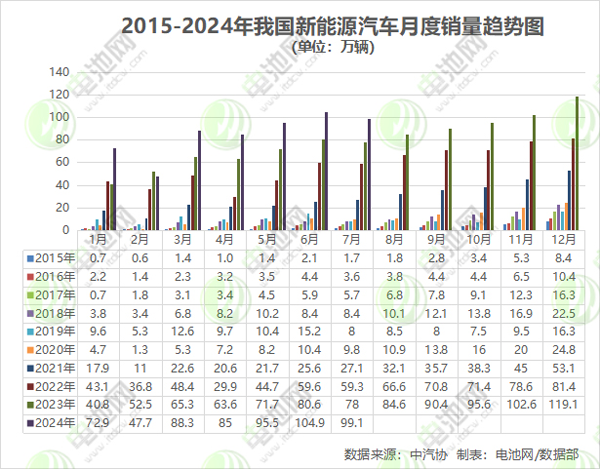
Chinese companies occupy nearly 65% of the global power battery market
In the first half of 2024, Chinese companies still accounted for 6 seats in the world's top 10 power battery vehicle loading volume, with a total loading volume of 236.2GWh, and a market share of 64.9%, further increasing year-on-year. The installed capacity of six Chinese battery companies achieved double-digit year-on-year growth.
At the same time, except for Yiwei Lithium Energy's market share that decreased slightly year-on-year and BYD's unchanged year-on-year, the other four companies achieved positive year-on-year growth, among which CATL's largest growth rate among the top 10 companies, growing from 35.7% in the first half of 2023 to 37.8%.
Specifically, CATL continued to maintain its first place in the world, with loading volume as high as 137.7GWh, a year-on-year increase of 29.5%.
It is worth mentioning that the total market share of CATL and BYD is as high as 53.6%, accounting for half of the global power battery. In addition to CATL and BYD, the total installed capacity of the other eight battery companies is 137.8GWh, which means that CATL can compete with one against eight with its installed capacity of 137.7GWh.
In the field of power batteries, according to SNE data, CATL ranked first in the world in terms of power battery installation volume for seven consecutive years from 2017 to 2023.
In China, the world's largest electric vehicle market, CATL not only supplies batteries to Chinese auto companies, but also supplies batteries to global auto companies such as Tesla Model 3/Y, BMW iX, Mercedes-Benz EQ series, Volkswagen ID series.
At present, new batteries such as CATL's Shenxing and Kirin are recognized by more and more users, and are expected to further expand their market share.
According to the 2024 semi-annual report released by CATL, the company's battery production capacity is 323GWh and the capacity under construction is 153GWh; the battery production in the first half of the year was 211GWh, and the capacity utilization rate reached 65.33%.
BYD ranks second in the world in terms of loading power batteries, with loading volume of 57.5GWh, a year-on-year increase of 22%, and a market share of 15.8%.
Battery Network noticed that in 2023, BYD's new energy vehicle sales set a new record, reaching 3.024 million vehicles, and ranked among the top ten best-selling car brands for the first time, becoming the first Chinese auto to be shortlisted in the top ten in the Chinese auto industry in 70 years. brand. In the first half of 2024, BYD once again ranked among the top ten best-selling car brands in the world, ranking eighth, and its international influence accelerated. The continuous increase in sales of new energy vehicles also provides guarantees for BYD's battery installation volume.
The other four Chinese companies on the list are China Innovation Airlines, Guoxuan Hi-Tech, Yiwei Lithium Energy and Xinwangda , with loadings of 16.7GWh, 9GWh, 7.8GWh and 7.5GWh, respectively, up 34.6% year-on-year and 38.2 respectively. %, 18.5% and 62.4%, with market shares of 4.6%, 2.5%, 2.1% and 2.1% respectively.
Among them, in the first half of the year, China Innovation Airlines surpassed Panasonic and entered the top 5 camps of global power battery installations. In the first half of 2023 and the whole year of 2023, China Innovation Airlines ranked 6th, ranking behind Panasonic and SK On .
Among the top 10 power battery loading companies in the world, Xinwangda has the highest year-on-year growth rate of loading vehicles, reaching 62.4%, and the loading volume has increased from 4.6GWh in the first half of 2023 to 7.5GWh.
The market share of three Korean battery companies declined
In the first half of 2024, although the installed capacity of the three Korean battery companies LGES, SK On and Samsung SDI, all achieved growth, their market share declined.
The total installed capacity of power batteries in the three major Korean battery companies is 80.6GWh, an increase from 78.4GWh in the first half of 2023; the market share is 22.1%, down 3 percentage points from the same period last year.
Among them, LGES ranked third, with loading volume of 46.9GWh, a year-on-year increase of 5.7%.
SK On rose to fourth place, with loading volume of 17.3GWh, a year-on-year increase of 5.4%.
Samsung's SDI ranking dropped to sixth place, but among the three Korean battery companies, the growth rate is the highest, reaching 17.4%, and the loading volume is 16.4GWh.
Japan's only battery company on the list dropped to seventh
As the only Japanese company to enter the top 10 power battery installations in the world, Panasonic's ranking fell to seventh place in the first half of 2024, with a market share of 4.4%, down 2.9% from 7.3% in the first half of 2023.
At the same time, Panasonic is also the only company among the top 10 power battery loading companies in the world to have a decline in loading, a year-on-year drop of 25.1%, from 21.6GWh in the first half of 2023 to 16.2GWh.
Panasonic is backed by Japan's third largest consortium and plans to build a high-end cylindrical battery route, with its main customer being Tesla.
In May, Panasonic Holdings said that the company's electric vehicle battery division is likely to fail to achieve its initial profit target as the North American electric vehicle market slowed more than expected.
Recently, Panasonic Holdings said that in the first fiscal quarter ended June (April-June), its battery manufacturing and energy sector operating profits were hit by a decline in sales, down 27% year-on-year to 21.6 billion yen (about 1 billion). The output of its Japanese automobile battery factory also declined.
Power battery company shines in Fortune 500
In addition, recently, the "2024 Fortune China Top 500 Rankings" was released, and CATL, BYD, Yiwei Lithium Energy, Xinwangda, Guoxuan Hi-Tech, and China Innovation Airlines were all on the list.
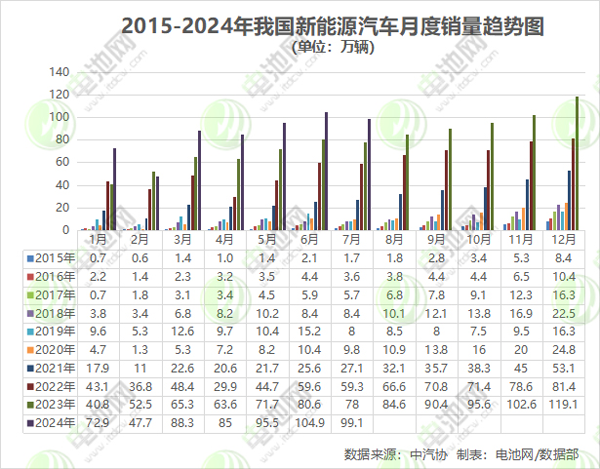
Among them, as two leading companies in the new energy field, BYD and CATL continue to improve rapidly: BYD's revenue in 2023 was US$85.082 billion, ranking 40th, up 26th from the previous year; CATL's revenue was 56.633 billion The US dollar ranked 68th, up 18 places.
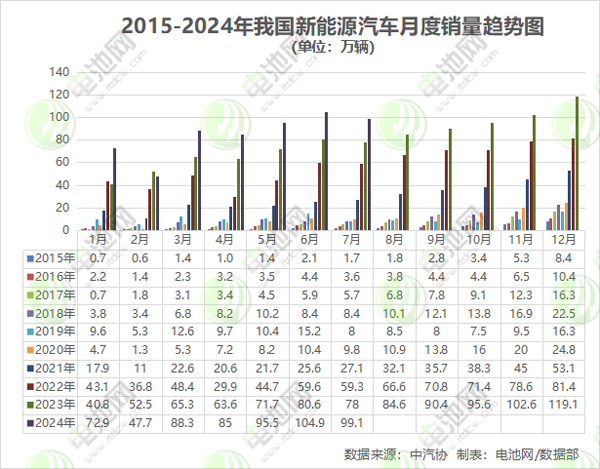
In the 2024 Fortune World 500 rankings, many companies are also on the list:
Samsung Electronics, a parent company of Samsung SDI, ranked 31st and ranked 25th in the previous year.
SK On parent company SK Group ranked 100th and ranked 92nd in the previous year.
BYD has been on the list for three consecutive years, jumping from 212th in 2023 to 143rd, becoming the car company with the largest ranking increase in 2024.
Panasonic's parent company Panasonic Holdings ranked 234th, down 16 places compared with last year.
CATL made its first list of Fortune Global 500 with sales revenue of US$48.8 billion in 2023, ranking 292nd, and its ranking rose 42nd this year to 250th, with sales revenue increasing to US$56.6 billion.
LGES parent company LG Chemistry ranked 355th, ranking 371st in the previous year, and also declined.
Conclusion: From the perspective of the competitive landscape of the global power battery market, "Chinese companies occupy six seats, Korean companies occupy three seats, and Japanese companies occupy one seat" will not change in the medium and short term. At the same time, the three leading companies currently have Ningde Times, BYD and LGES have relatively stable positions, while the market share of second and third tier companies does not exceed 5%, which is a big gap with the leading companies. However, the loading volume of many second and third tier companies is relatively close to the market share, and the rankings are relatively high. There are big variables and competition is relatively fierce.


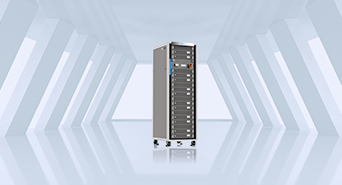

 Add WeChat
Add WeChat

